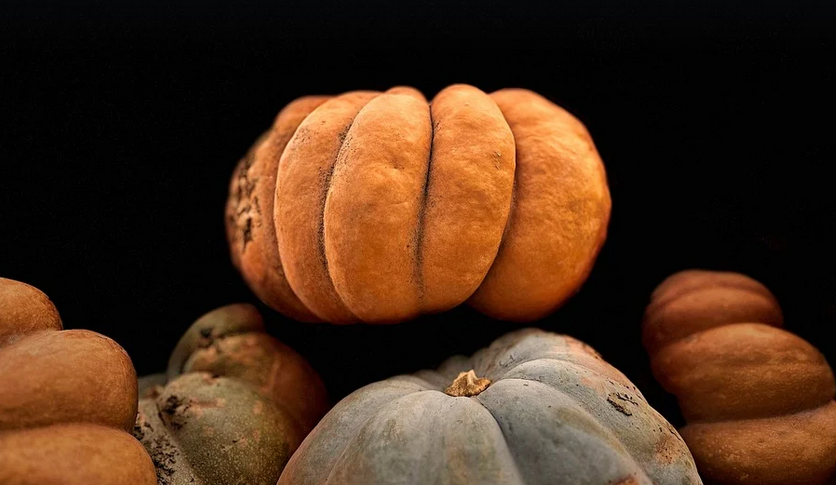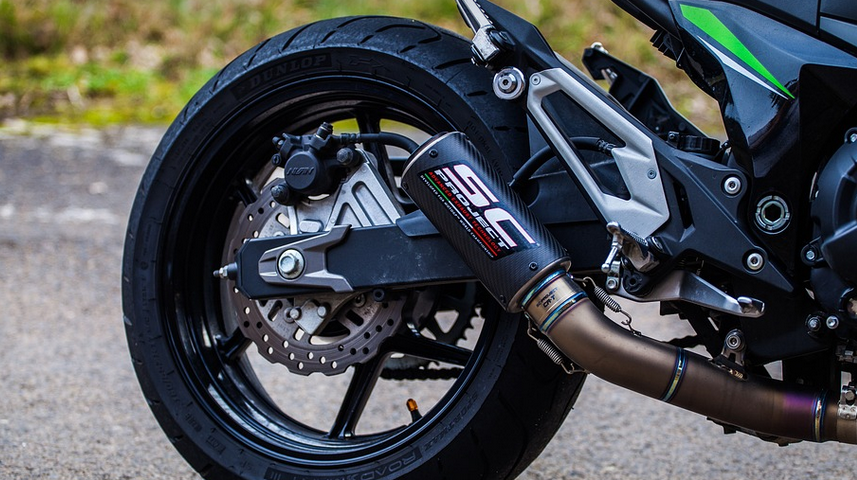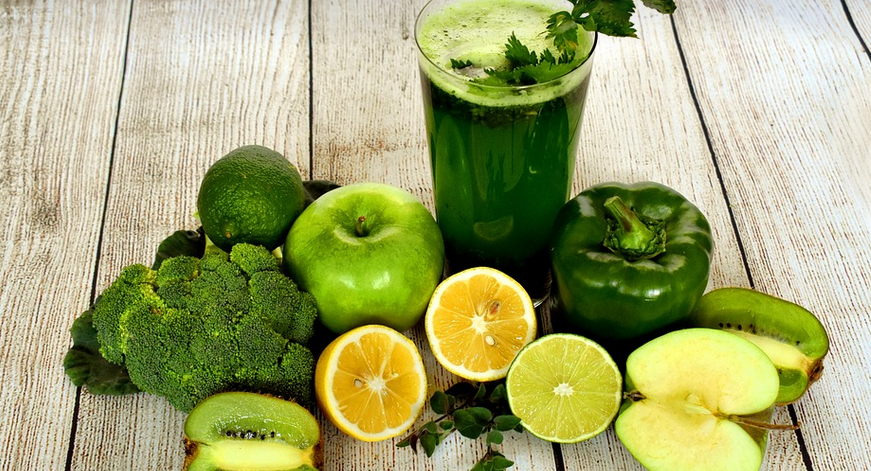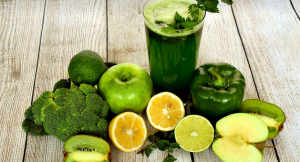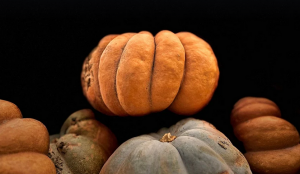Good Fabrics For Jackets: Stay Warm & Look Sharp!
Choosing the Right Fabric for Your Jacket
Picking out the right jacket material can make or break your style and comfort, especially when it comes to protecting yourself from the elements. But with so many options out there, how do you know which fabric will be your best fit? This guide dives into some of the most popular and dependable fabrics for jackets, offering insights on their properties, advantages, and what kind of weather they’re best suited for.
Before diving into specific types, it’s crucial to consider the type of jacket you’re after. Are you going for a sleek bomber jacket for city life? A rugged hiking jacket for the mountains? Or maybe a warm fleece-lined coat for winter adventures? This will help narrow down your choices.
The Basics: Understanding Fabric Properties
Fabric properties play a major role in how a jacket feels, performs, and looks. Let’s explore some key elements:
* **Weight:** This refers to the density of the fabric. Lighter fabrics like cotton or linen offer breathability, making them good for warmer weather. Heavier fabrics with more fibers like wool or fleece are ideal for colder climates.
A lightweight jacket might be perfect for a day trip, while a heavier one will keep you warm on a snowy day.
* **Water Resistance (DWR):** How well does the fabric repel water? Look for jackets with DWR (durable water repellent) treatments for better protection against light rain and drizzle. High-quality down jackets are often treated with this technology for extra warmth when wet.
For those who live in unpredictable weather, a jacket with excellent waterproof properties will be your best friend.
* **Breathability:** How well the fabric allows air to flow through it is vital for comfort. Breathable fabrics are crucial for preventing sweat buildup and keeping you feeling cool even on active days.
If you’re prone to sweating easily, look for fabrics like mesh material or technical textiles that allow ventilation.
* **Durability:** This refers to the resistance of the fabric to wear and tear. Some fabrics are more durable than others, so choose a jacket made from high-quality materials that can withstand regular wear and tear.
Consider the type of activities you’ll be using your jacket for. A heavier canvas or waxed cotton will provide long-lasting durability for daily wear.
* **Wrinkle Resistance:** Wrinkling is a common annoyance, especially with travel or everyday wear. Some fabrics are naturally wrinkle-resistant, while others need ironing.
Look for wrinkle-resistant fabrics like wool blends or synthetic blends designed to hold their shape even after being crumpled.
Popular Jacket Fabrics
Here’s a closer look at some common jacket materials:
* **Wool:** A classic choice for jackets, wool is soft, warm, and breathable. It’s naturally water-resistant and becomes warmer when wet, making it ideal for all kinds of weather. However, wool can be expensive and requires gentle care.
**Denim:** This go-to fabric offers durability and a classic look. Denim jackets are comfortable and versatile, perfect for casual wear or layering over other clothes. They’re also easy to clean with minimal hassle.
* **Cordura:** This durable nylon blend is tough enough to handle everyday wear and tear. It resists tearing and abrasion, making it ideal for active individuals who want a jacket that can stand up to the test of time.
* **Canvas:** A classic fabric with water-resistant properties. Canvas jackets are often used for travel and casual wear, offering a durable and timeless look.
Canvas is breathable and easy to maintain, making it an excellent choice for active individuals looking for a comfortable yet practical jacket.
* **Cotton:** A versatile fabric that’s comfortable and breathable. Cotton jackets are lightweight and perfect for milder weather. However, they may not be as durable as some other fabrics.
* **Polyester:** This synthetic fabric is known for its durability, wrinkle resistance, and water-repellent properties. It’s a popular choice for active wear and sportswear due to its performance features.
* **Down:** This lightweight and warm material is perfect for colder climates. Down jackets are filled with down feathers that trap air for insulation, making them incredibly warm even in freezing temperatures. However, down can be pricey and requires specialized care.
It’s important to note that other fabrics like fleece or technical textiles can also provide excellent warmth, depending on the specific type and layering options you choose.
Choosing the Right Fabric for Your Jacket
With this knowledge of fabric properties and popular choices, choosing the right jacket fabric becomes easier. Consider your personal needs and style when making your decision.
* **Weather:** Consider where you live and what weather conditions you’ll be facing regularly. For colder climates, wool or down are excellent choices for warmth. If you live in a milder climate with unpredictable weather, look for lighter fabrics like cotton or linen.
For frequent travel, consider water-resistant materials like canvas, nylon blends, or technical textiles.
* **Activity Level:** What will you be using your jacket for? Do you need something for everyday wear or is it for more extreme activities? Lightweight fabrics are good for casual wear but heavier options offer better protection.
For active individuals, durable materials like Cordura or canvas are essential for long-lasting performance.
* **Personal Style:** There’s a wide range of jacket styles and looks available. Choose a fabric that aligns with your personal style and preferences.
Some jackets are designed to be classic and timeless, while others offer more playful aesthetics. You can even mix and match different fabrics for creative styling options.
